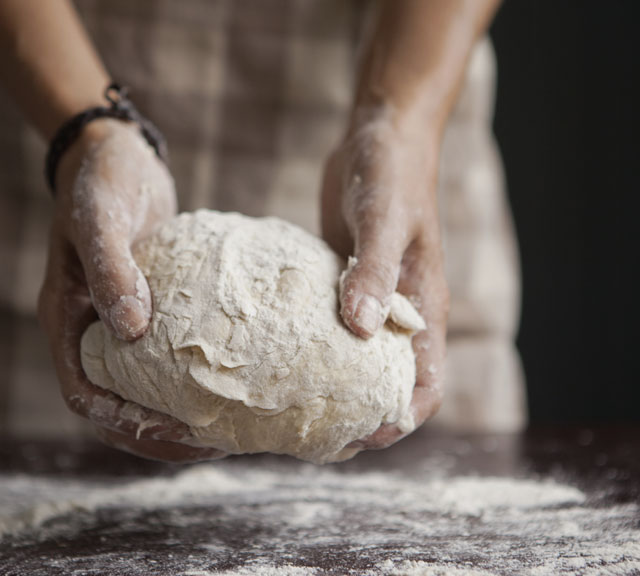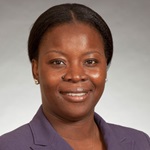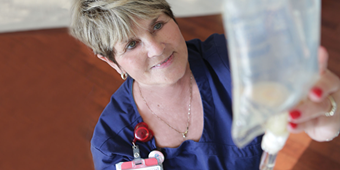Is That Lump Breast Cancer?

Answer a few questions and we'll provide you with a list of primary care providers that best fit your needs.
If you’ve just discovered a lump in your breast, your first reaction may be worry. Finding changes or something unusual in your breasts can be unsettling, but it’s important to know that many breast lumps are not cancerous.
You still need to see your doctor as soon as possible to determine the cause. “Having your doctor check the lump can ease your fears, said oncologist Nkeiruka Okoye, MD. “And if it is something more serious, you can start getting treatment right away.”
You may need to have a biopsy to rule out cancer. A small piece of tissue is removed and examined under a microscope. This is usually done as an outpatient procedure with local anesthesia. Still, just because your doctor recommends a biopsy doesn’t mean you have cancer. In fact, most biopsy results are not cancer.
“Having your doctor check the lump can ease your fears."
These common breast conditions are non-cancerous and not life threatening:

- Fibrosis and cysts happen to lots of women. They’re benign (non-cancerous) changes, and may get worse just before your period. They can make your breasts feel lumpy, thick or tender. If you’re uncomfortable, you may want to take medicine to relieve symptoms. Fibrosis is marked by the formation of firm, scar-like fibrous tissue. The area may feel rubbery, firm or hard to the touch. A cyst, on the other hand, is filled with fluid. If it’s painful or bothering you, the fluid can be drained in a simple procedure.
- Benign breast tumors are non-cancerous areas where breast cells grow abnormally and rapidly, often forming a lump. They may hurt, but they’re not dangerous and don’t spread to other organs. And sometimes they cause a discharge from the nipple.
- An infection can cause your breast to become red, warm, painful or tender. The most common is mastitis, and antibiotics can usually help treat it.
- Fat necrosis can occur if a breast injury heals and leaves lumpy scar tissue. Sometimes an oil cyst (a fluid-filled area) can form instead of scar tissue as it heals. Both can be diagnosed and treated by using a needle to remove the fluid.
Surgeon Thomas Heck, MD, reviews the most common non-cancerous breast conditions and how they are found:
Click play to watch the video or read video transcript.
Answer a few questions and we'll provide you with a list of primary care providers that best fit your needs.
Source: Nkeiruka Okoye, MD, Dayton Physicians Network; American Cancer Society; Thomas Heck MD, Gem City Surgeons







